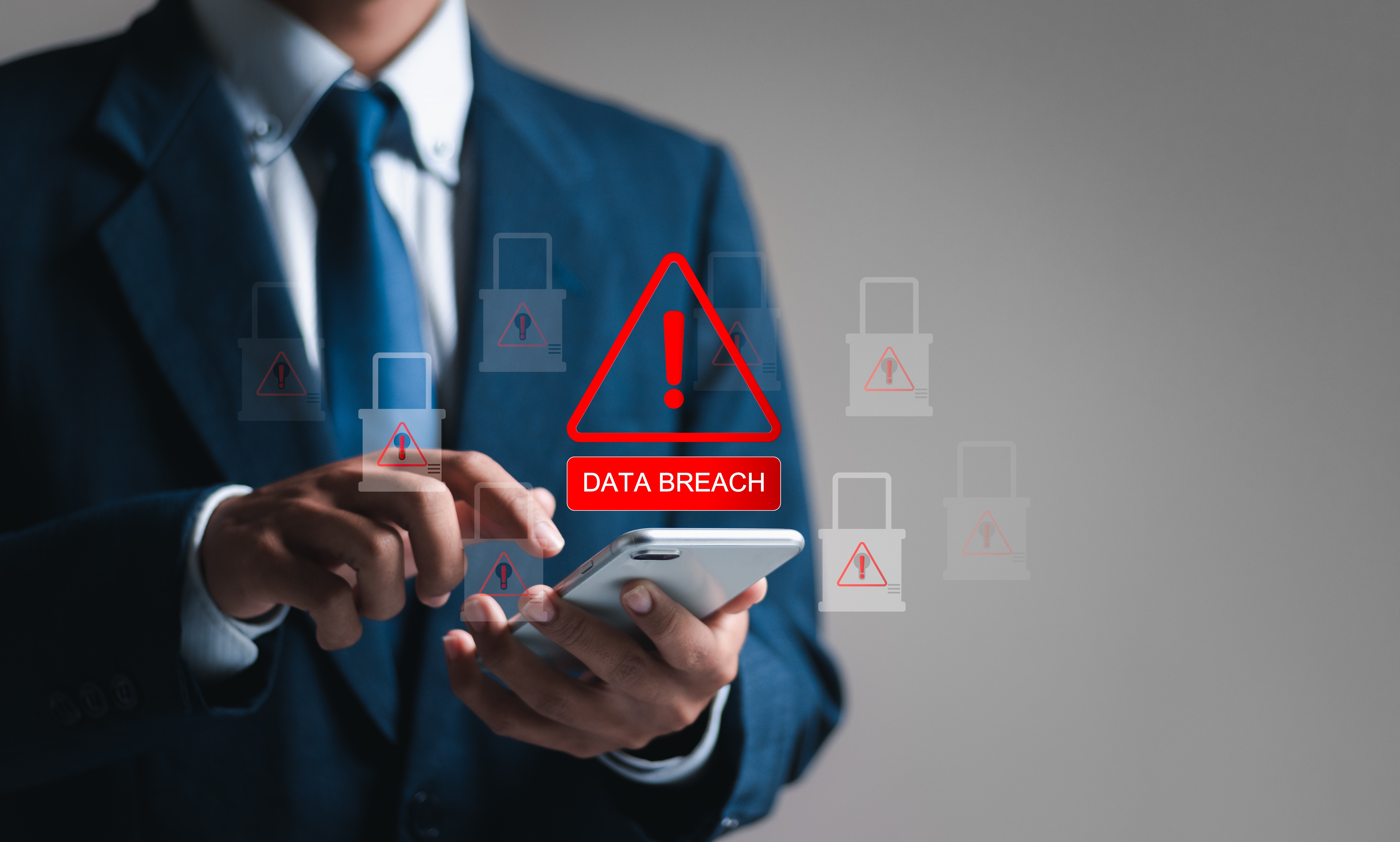If you’re running a smaller company, you’re probably well aware that cybercriminals find your organization to be an increasingly attractive target. While big organizations have the resources and staff to effectively detect ever-evolving threats, smaller businesses have a tougher time maintaining that same level of infrastructure and expertise.
Despite that handicap, it’s critical that your cyberthreat detection capabilities are robust and reliable enough to protect your assets, your reputation, and your customers’ trust. As part of our focus this month on the NIST Cybersecurity Framework’s Detect function, today we’re taking a look at what detection program that meets the needs of smaller businesses looks like.
Understanding the Cyberthreat Landscape
Before we get into the details, let’s talk about the current cyberthreat landscape. According to the 2023 Data Breach Investigations Report by Verizon, 61% of breaches involved smaller companies. And, the cost of cyberattacks is staggering. IBM's 2023 Cost of a Data Breach Report indicates that the average cost of a data breach for these organizations is around $3.86 million.
Now, let’s look at the key steps in creating a detection program that helps ensure you don’t become a statistic, too.
1. Conduct a Risk Assessment
Before you can create a strong cyberthreat detection program, you need to know where your vulnerabilities lie – that means conducting a thorough risk assessment. This involves identifying and evaluating potential weaknesses within your organization. Key steps include:- Asset Identification: Catalog all of your physical and digital assets, including hardware, software, and data
- Threat Identification: Do the research to determine which specific threats companies in your industry are most likely to face, such as ransomware, malware, phishing attacks, and insider threats.
- Vulnerability Assessment: Identify weaknesses in your current security posture. These could include a lack of security awareness training, outdated software, and/or weak password policies, just to start.
- Risk Analysis: Evaluate the likelihood the threats and vulnerabilities you’ve cataloged will leave you subject to attacks, and what the impact of those attacks could be.
2. Implement Multi-Layered Security Measures
Also known as “defense in depth,” a multi-layer security approach is key for smaller companies. This involves deploying several layers of security controls to protect against the wide range of cyber threats. Key components include:
- Firewalls: Implement both network and application firewalls to filter both incoming and outgoing traffic.
- Intrusion Detection and Prevention Systems (IDPS): An IDPS is an effective tool that can monitor traffic on your network for suspicious activity and take steps to block any potential threats it finds.
- Endpoint Security: Make sure all devices, including desktop computers, laptops, smartphones, and tablets, are protected with antivirus software, and that it’s regularly updated.
- Encryption: Encrypt sensitive data to prevent unauthorized access. Protect both data at rest (physically stored on a hard drive, in a database, etc.) and data in transit (sent over the internet, through your internal network, or between devices).
3. Set Up Strong Access Controls
Ensuring only authorized users can access your systems and data is critical to preventing potential breaches. Best practices include:
- Multi-Factor Authentication (MFA): Require at least two mechanisms to validate a user’s identity before granting access to any critical systems or data.
- Least Privilege Principle: Limit all users’ access rights to the bare minimum necessary for their role.
- Regular Access Reviews: Conduct periodic reviews of user access rights to ensure only those who should currently have access can get into to your systems.
4. Foster a Security-Aware Culture
Human error is an extremely common factor in cybersecurity incidents. Making security a part of your company’s day-to-day culture is crucial. This involves:
- Regular Training: Provide ongoing cybersecurity training for all employees, covering topics like recognizing phishing attempts, creating strong passwords, and following security protocols. (Good training can be incredibly effective. According to a study by KnowBe4, before participating in phishing training, 34.3% of participants failed to detect a phishing scam. After one year of training, that number went down to 4.6% - that’s an 86% improvement.)
- Simulated Attacks: Conduct regular phishing simulations and other social engineering exercises to test and improve your employees’ knowledge and readiness.
- Clear Policies: Develop and communicate clear cybersecurity policies and procedures, and make sure to inform employees of any updates.
5. Make the Most of Threat Intelligence
Staying informed about the latest cyber threats is key to your ability to proactively adjust your security measures to address the most current issues. Key steps include:
- Subscribing to Threat Intelligence Feeds: Connect to reputable threat intelligence services to for real-time updates on new threats.
- Participate in Information Sharing Networks: Join industry-specific information sharing and analysis centers (ISACs) to keep up with the challenges your peers are experiencing, and the solutions they’re finding effective.
- Integrate Information with Security Tools: Some security tools allow you to integrate threat intelligence feeds in order to further automate threat detection and response.
6. Implement Continuous Monitoring and Incident Response
Keeping a constant watch for threats and knowing how to respond in the event an attack is detected are vital elements of your cyberthreat detection program. This can involve:
- Deploying a Security Information and Event Management (SIEM) System: These tools collect, analyze, and correlate security event data from across your network.
- Implementing 24/7 Monitoring: Because threats never sleep, continuous monitoring of your systems is key.
- Creating an Incident Response Plan: Develop and maintain an incident response plan that outlines the steps you’ll take in the event of a security breach. Conduct regular drills to ensure readiness.
7. Regularly Update and Patch Systems
Outdated software and systems are a common entry point for cybercriminals. Regularly updating and patching your systems is vital to an effective detection strategy. Best practices include:
- Automated Updates: Enable automated updates for your operating systems, applications, and security tools wherever possible.
- Patch Management: Develop a patch management policy that outlines the process for testing and deploying patches.
- Vulnerability Scanning: Conduct regular vulnerability scans to identify and address potential weaknesses.
8. Partner with a Managed Service Provider (MSP)
Bringing an MSP on board can help you get more from your IT budget. MSPs offer specialized services, including threat detection, incident response, and continuous monitoring, and enable you to leverage expert knowledge and advanced technologies that might otherwise be inaccessible.
As small to midsized businesses face increasing threats, and attacks become more devastating, a robust cyberthreat detection program has become a must-have. Investing in a detection program that’s tailored to your business and addresses the unique vulnerabilities you face doesn’t just safeguard your most valuable assets - it also builds trust with your customers and partners and safeguards your company’s long-term success.
Detect: Proactive Threat Detection that Enhances Business Continuity
You're invited to join us on August 29th at 1:00 PM EDT for "Detect: Proactive Threat Detection: Enhancing Business Continuity & Cyber Readiness".
.jpg)
.jpg?width=806&height=453&name=Detect%20Webinar%20%20(4).jpg)



.png)

.png)
